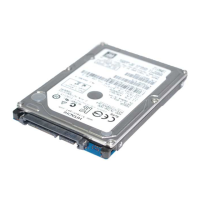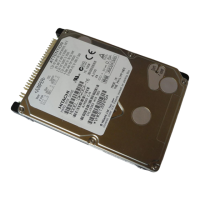Figure 2-2 Sample RAID 1 (2D + 2D) Layout
RAID 5
A RAID 5 array group consists of four or eight data drives, (3D+1P) or (7D
+1P. The data is written across the four (or eight) drives in a stripe that has
three (or seven) data chunks and one parity chunk. Each chunk contains 768
logical blocks, because HUS VM supports only open systems. The enhanced
RAID 5+ implementation in the HUS VM minimizes the write penalty incurred
by standard RAID 5 implementations by keeping write data in cache until an
entire stripe can be built and then writing the entire data stripe to the drives.
The 7D+1P RAID 5 increases usable capacity and improves performance.
The following two figures illustrate the RAID 5 configurations. The tables
following the figures describes each configuration.
Note: There are two configurations of RAID 5: 3D+1P configuration (four
disk drives) and 7D+1P configuration (eight disk drives). The following
diagram shows the 3D+1P configuration. In the 7D+1P configuration, data is
arranged in the same way.
Hardware architecture
2-5
Hitachi Unified Storage VM Block Module Hardware User Guide

